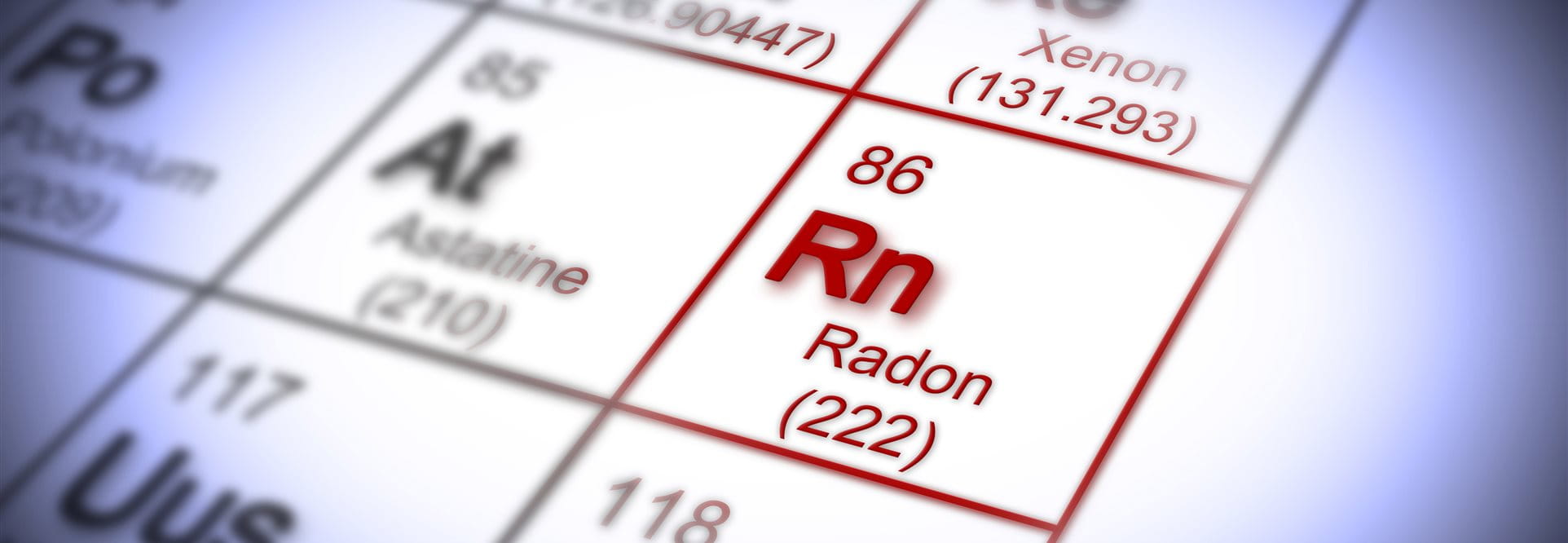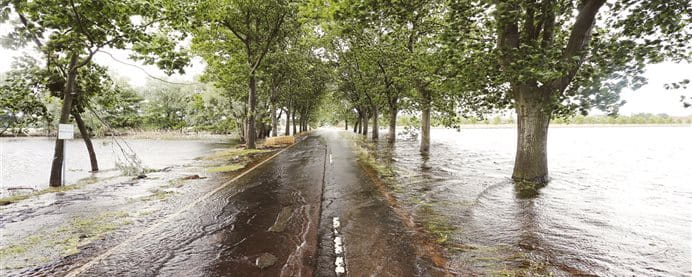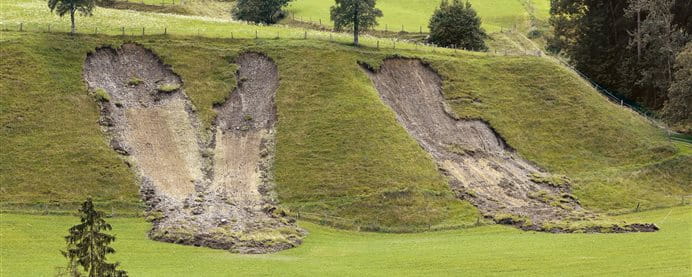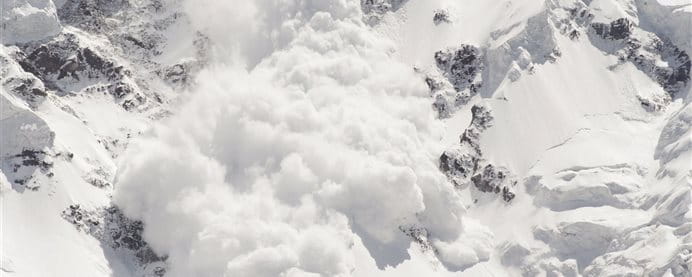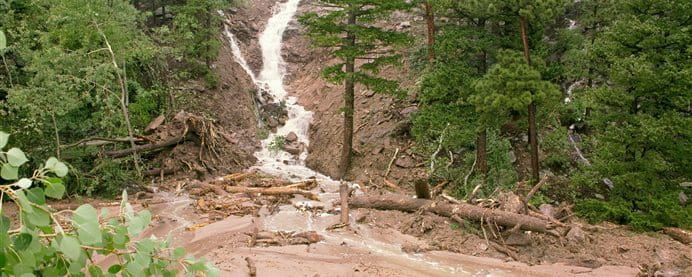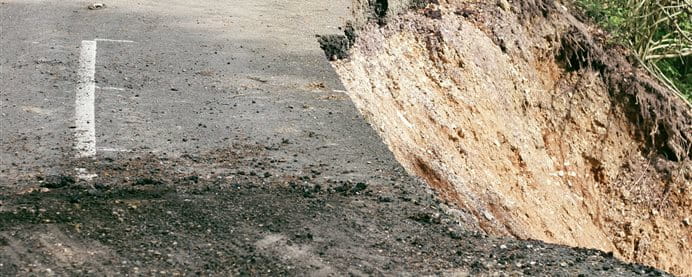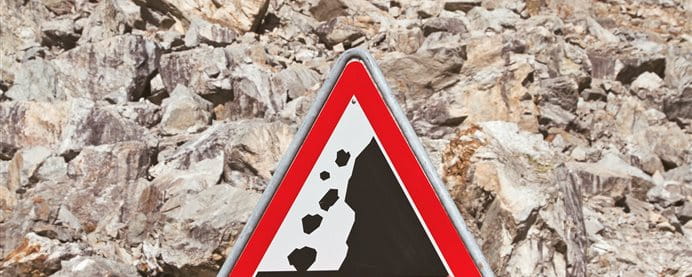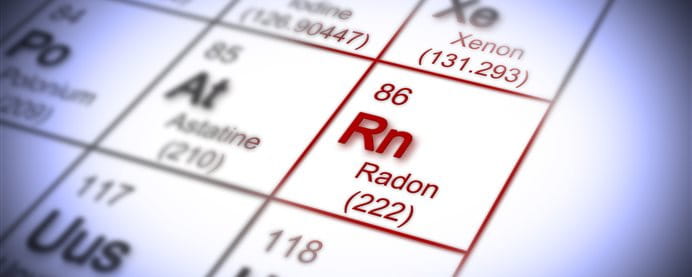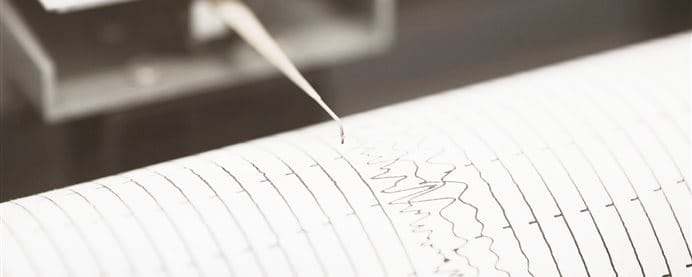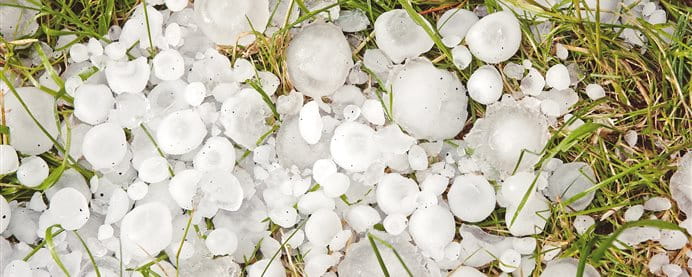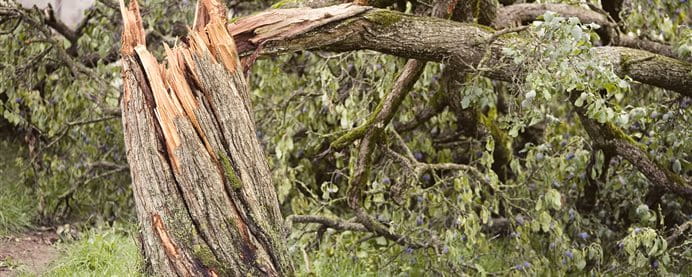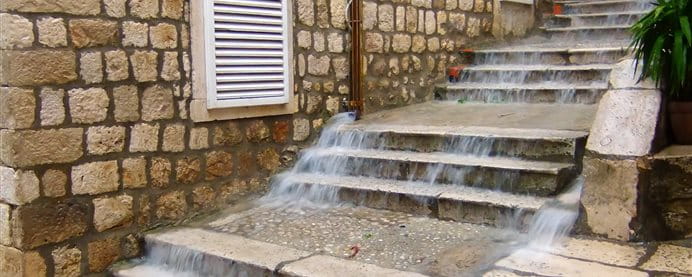Radon is second only to smoking as a cause of lung cancer in Switzerland. Just having a foundation slab of waterproof concrete provides safe and beneficial protection.
In the old days, builders often moved an anthill to the planned site. If the ants abandoned the site, construction went forward. If they stayed, the builders looked for another site. Tradition has it that this was the practice. Today, there is scientific proof that European red wood ants prefer to build their nests in fault zones, in other words above cracks and chasms where natural gases like radon often rise out of the earth.
Our ancestors appear to have been aware that ants like places human beings should steer clear of. Because if radon escapes from the earth invisible and odorless, the situation becomes hazardous. Radon is continuously generated from the natural decay of radioactive uranium, which is present everywhere in small amounts in the ground.
The more permeable the subsoil, the larger the amount of radon that can rise to the surface. That is why caution is called for when building on porous subsoil, over crevices, chasms, scree or karst areas. Switzerland is especially affected because of its topography. The radon concentration is highest in the Alpine region and in the Jura. But the radon level is also high in occasional buildings in the Swiss Central Plateau. After all, radon can occur everywhere – and can vary locally by a substantial amount. For instance, the radon level may be negligible in one building yet extremely high in an identical building right next door.
The radon risk is particularly high in basement and ground-level rooms. Radon infiltrates the interior of a building through leaks in floors and walls in direct contact with the soil. Something called the stack effect causes a suction effect in the winter in particular. Heated air rising within the house causes the air pressure in the basement and the lowest floors to drop by a barely perceptible amount. The ensuing suction effect, amplified by fans or fireplaces, causes radon and other gases to be drawn into the upper stories unless the basement and ground floor are sealed off with airtight doors.
In new buildings and renovations, in particular, it is recommended that the radon level be checked. The Swiss Federal Office of Public Health (FOPH) makes available a list of recognized radon measurement stations to purchase and evaluate dosimeters. Costs: 70 to 100 Swiss francs. If the limit is exceeded, an expert should be brought in.
A radon-proof new building with a sealed foundation slab is estimated to cost an additional 2000 Swiss francs per single-family dwelling; a radon rehab runs about 4,000 to 8,000 Swiss francs.
